Curaçao travel tips
Curaçao travel tips: Dutch Caribbean island with vibrant culture, colorful architecture, pristine beaches, and rich underwater life, offering a diverse and lively experience.
Before you go 🛩
Important information you should know before your trip
Info
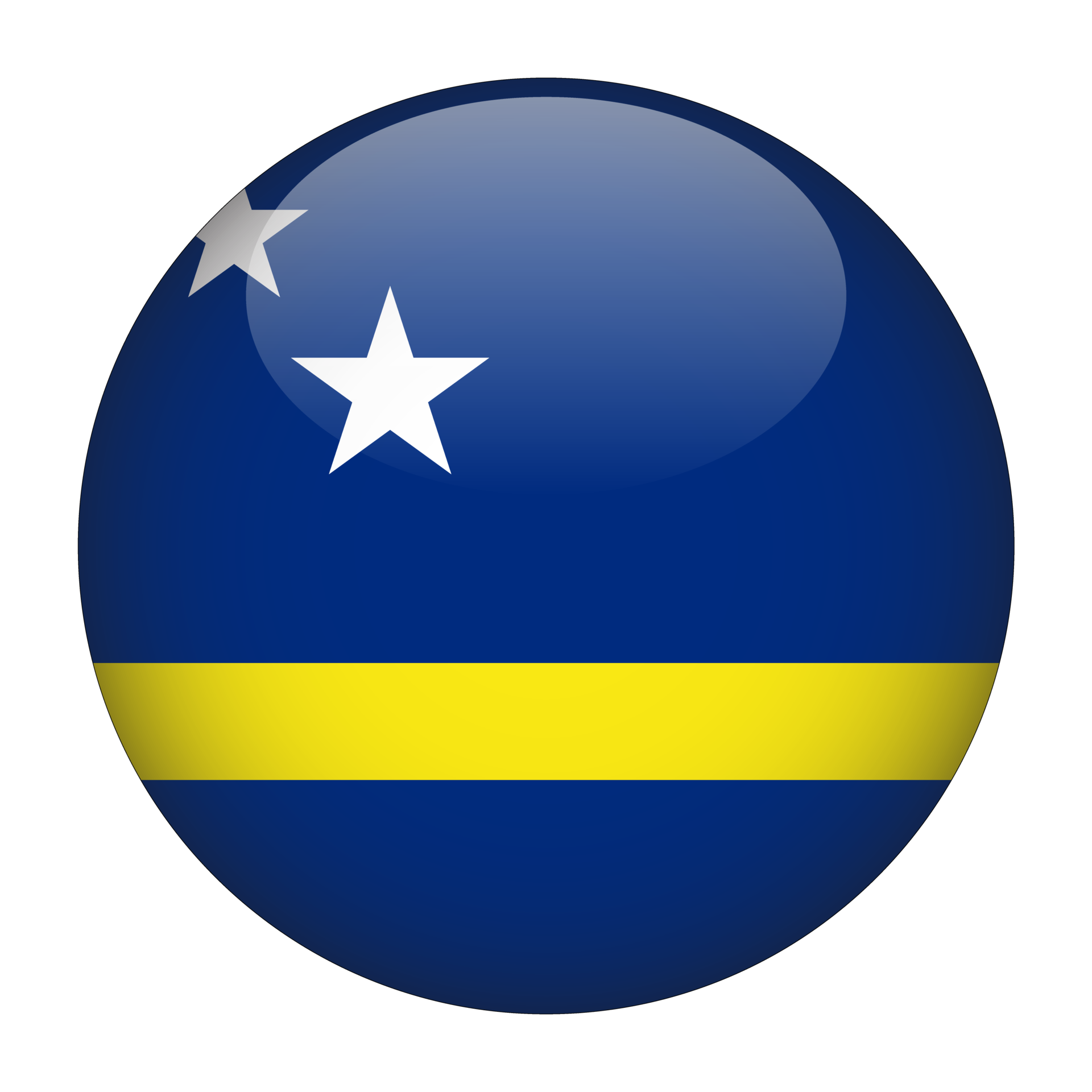
Capital | Willemstad
Flag Codes
ISO alpha-2 CW, ISO alpha-3 CUW
Currency
Badge | Netherlands Antillean guilder
CODE | ANG
NUMBER | 532
SYMBOL | ƒ
FRACTION | Penny
Mobile Coverage
Dialing Code | +599
SIM Card
Coverage
3G / 4G / 5G
Mobile Networks | Digicel Mobile | Flow Mobile |
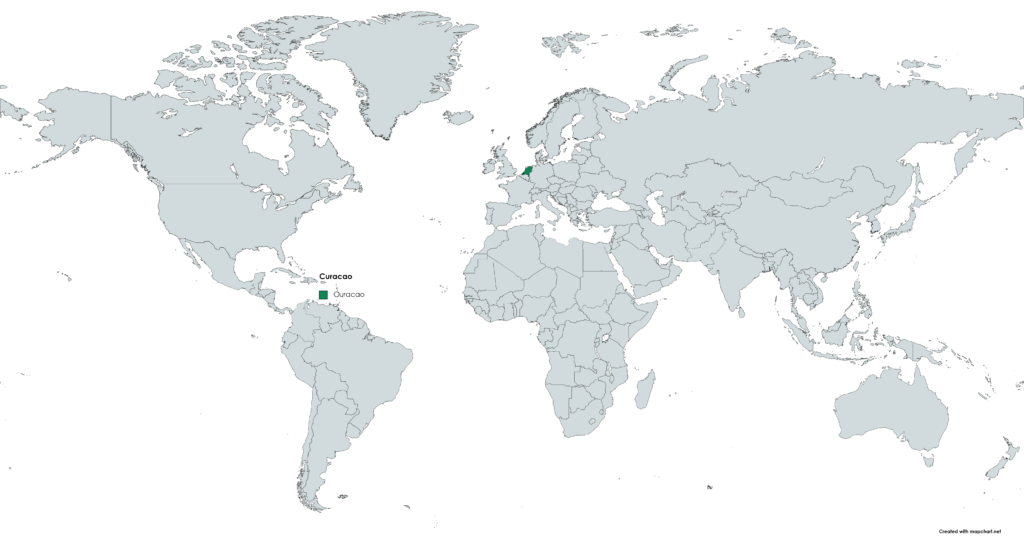
Location
Curaçao is an island country located in the southern Caribbean Sea, off the coast of Venezuela. It is part of the ABC Islands, which also include Aruba and Bonaire. Curaçao is situated approximately 65 kilometers (40 miles) north of the Venezuelan coast.
Geographically, Curaçao is positioned at a latitude of about 12.1696° N and a longitude of approximately 68.9900° W. The island is known for its diverse landscapes, including sandy beaches, rocky cliffs, and arid plains.
Curaçao has a land area of around 444 square kilometers (171 square miles) and is the largest and most populous of the three constituent countries within the Kingdom of the Netherlands. The capital and largest city of Curaçao is Willemstad, which is renowned for its colorful Dutch colonial architecture and UNESCO World Heritage status.
Currency
The currency of Curaçao is the Netherlands Antillean guilder (ANG), also known as the Curaçao guilder. The guilder is abbreviated as “NAƒ” or simply “ƒ” and is subdivided into 100 cents. The currency is issued by the Central Bank of Curaçao and Sint Maarten.
It’s important to note that while the guilder is the official currency of Curaçao, the US dollar is widely accepted and used in many establishments, especially those catering to tourists. It’s advisable to carry cash in both US dollars and local currency, as some smaller businesses and local vendors may prefer payment in guilders.
Languages
The official languages of Curaçao are Dutch, Papiamento, and English.
Dutch is the primary official language, as Curaçao is a constituent country of the Kingdom of the Netherlands. Dutch is used in government, education, and official documentation.
Papiamento, a creole language, is widely spoken and considered the native language of the majority of the population. It is a unique blend of Portuguese, Spanish, Dutch, and African languages, with influences from English and French. Papiamento is commonly used in daily conversations, business transactions, and informal settings.
English is also widely spoken, particularly in the tourism industry and among expatriates. Many locals have a good command of English, and you will often find English signage, menus, and services in tourist areas.
Climate 🌡
Curaçao has a tropical savanna climate, characterized by warm temperatures throughout the year and distinct wet and dry seasons. The island enjoys a pleasant and relatively constant climate, with a constant trade wind breeze moderating the heat.
Here are some key features of Curaçao’s climate:
Temperature: Curaçao experiences warm temperatures year-round. Average daytime temperatures range from 28°C (82°F) to 32°C (90°F) throughout the year. The island experiences little seasonal variation, with only slight differences in temperatures between the cooler months of December to February and the warmer months of May to October.
Rainfall: Curaçao has a distinct wet and dry season. The wet season runs from October to December, and the dry season occurs from January to September. The island receives the majority of its rainfall during the wet season, with sporadic showers and occasional thunderstorms. However, even during the wet season, rainfall is typically short-lived and followed by sunshine.
Trade Winds: Curaçao benefits from constant trade winds, which provide a cooling breeze and help regulate the temperature. These winds generally blow from the east throughout the year, providing relief from the heat and making the island an ideal destination for water sports such as windsurfing and sailing.
Hurricane Season: Curaçao is located outside of the main hurricane belt, although it can still be affected by tropical storms or hurricanes during the Atlantic hurricane season, which typically runs from June to November. However, direct hits from hurricanes are relatively rare.
Curaçao travel tips
If you’re planning a trip to Curaçao, here are some travel tips to enhance your experience:
Cultural Respect:
Respect local customs and traditions.
Health:
No specific vaccinations required; medical facilities are available.
Safety:
Generally safe; exercise normal precautions.
Activities:
Explore Willemstad’s historic district, enjoy water sports, and discover diverse marine life.
Transportation:
Taxis, rental cars, and public buses available; drive on the right side of the road. View Guide.
Electricity:
Standard voltage is 127V; bring necessary adapters.
Currency:
Netherlands Antillean Guilder (ANG); U.S. dollars widely accepted.
Enjoy the incredible beauty and diversity that Curaçao has to offer!

The best of the best
Curaçao, with its diverse cultural heritage, offers a variety of unique and flavorful dishes influenced by African, European, and Caribbean cuisines.
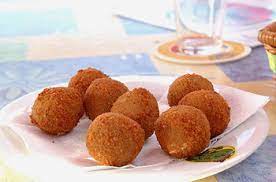
Bitterballen
Bitterballen are a Dutch-influenced snack commonly found in Curaçao. These bite-sized, deep-fried balls are filled with a mixture of beef, beef broth, and herbs. They are served with mustard and make for a popular appetizer or bar snack.
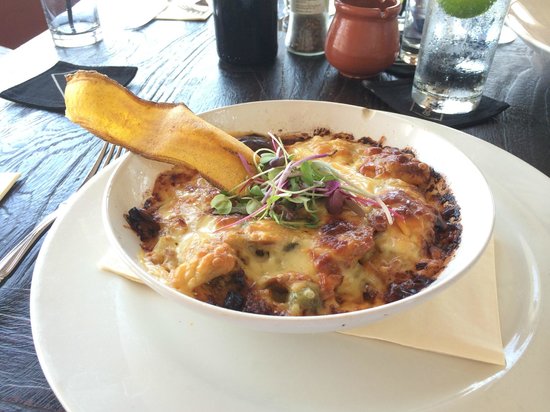
Keshi Yena
This is a traditional dish of Curaçao, often considered the national dish. It consists of a hollowed-out Edam or Gouda cheese filled with a mixture of spiced meat (commonly chicken) and vegetables. The cheese is then baked until it melts and forms a delicious crust.
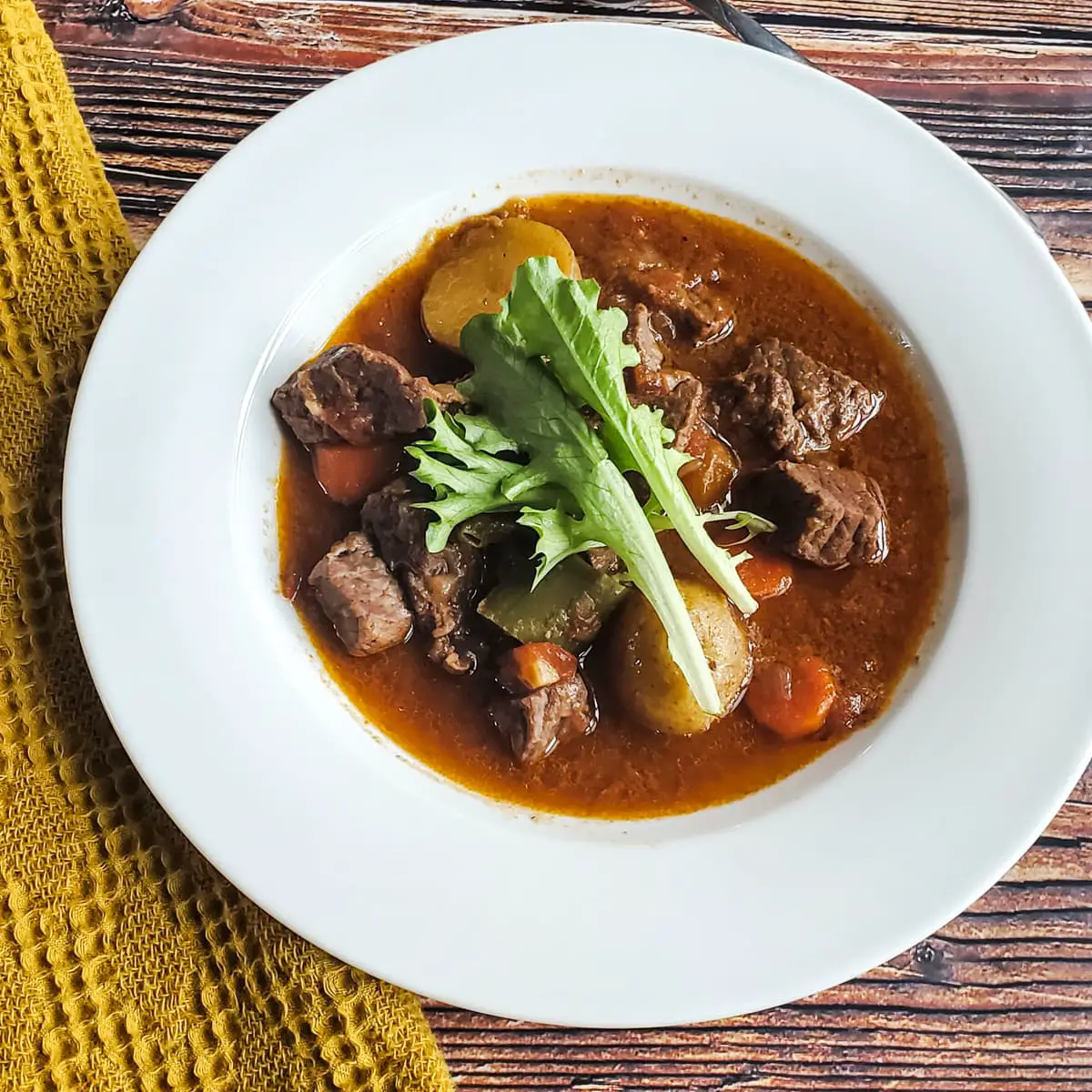
Stobá
Stobá is a hearty meat stew made with beef, chicken, or goat. It is typically cooked with local spices, onions, garlic, and various vegetables such as pumpkin or okra. Stobá is often served with rice, funchi (a cornmeal-based side dish), or boiled plantains.
Here are some typical foods of Curaçao:
Kadushi (Cactus Soup): Curaçao’s arid climate makes cacti abundant, and kadushi soup is a popular dish made from the young shoots of the kadushi cactus. The soup is cooked with vegetables, chicken, or beef, and seasoned with local spices to create a tangy and refreshing flavor.
Pastechi: Pastechi is a savory pastry filled with various fillings, such as cheese, meat, or seafood. It is similar to an empanada or a pastel in other Latin American and Caribbean countries. Pastechi is often enjoyed as a quick snack or breakfast option.
Funchi: Funchi is a cornmeal-based side dish that accompanies many meals in Curaçao. It is similar to polenta and is often served alongside stews or grilled meats. Funchi is made by cooking cornmeal with water and salt until it thickens into a smooth consistency.
Batido: Batido is a popular local beverage made from fresh fruit, milk or water, and sweeteners such as sugar or condensed milk. It is often blended with ice and enjoyed as a refreshing drink on hot days. Common fruit flavors include papaya, mango, passion fruit, and soursop.
The island offers a wide range of culinary delights, including fresh seafood, tropical fruits, and fusion dishes that reflect the diverse cultural influences of the island.
Transportation 🚥
More information about this country
Choose your destination 📍🗺
Useful Links ✅













